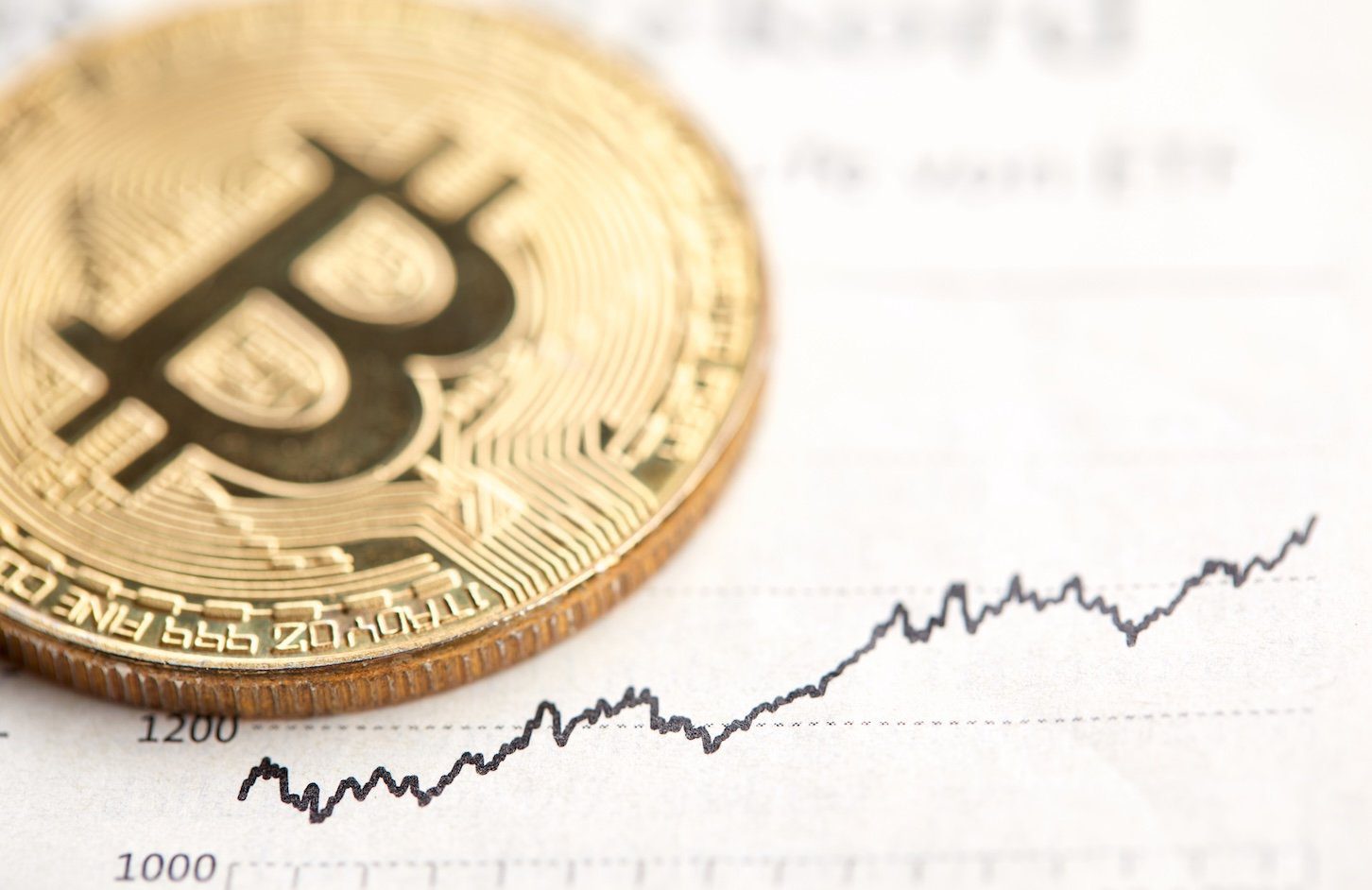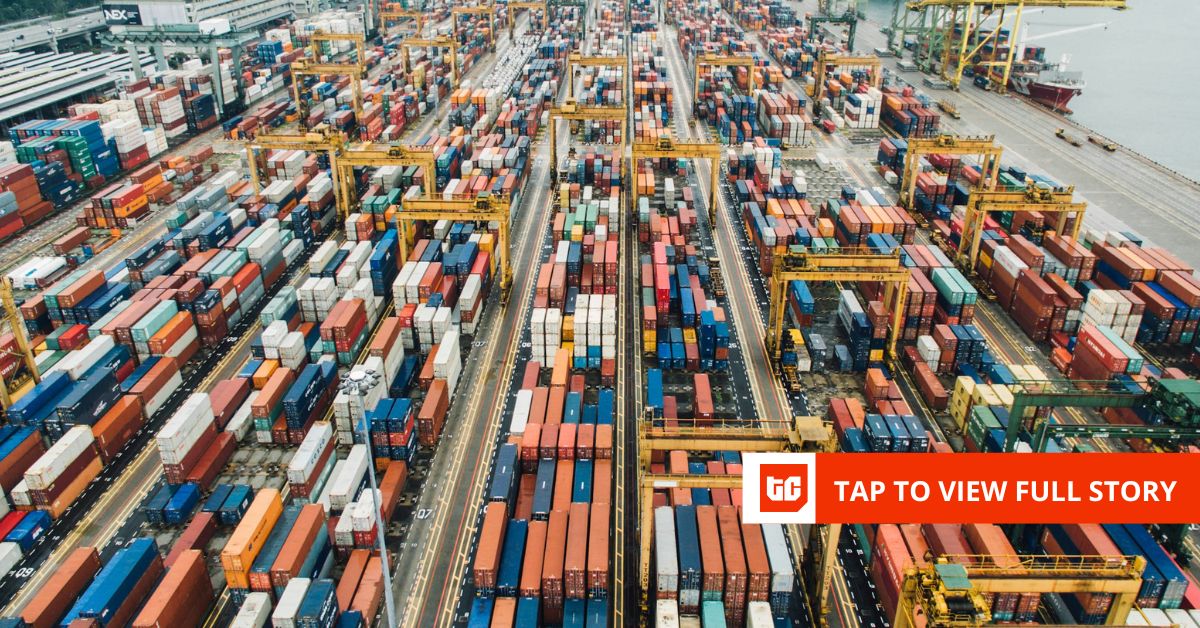Apple will be sourcing almost its entire line of iPhones sold in the US — about 60 million phones a year — from assembly facilities in India, CEO Tim Cook said Thursday. The planned move comes against the backdrop of the Trump administration imposing tariffs against China of up to 145%.
The tech giant is predicting a $900 million impact to Apple’s costs this coming quarter if tariff policies, rates and applications stay as they are right now.
“For the June quarter, we do expect the majority of iPhones sold in the US will have India as their country of origin,” Cook said during Apple’s Q1 earnings call on May 1, “and Vietnam to be the country of origin for almost all iPad, Mac, Apple Watch and AirPods products sold in the US.”
It comes as some products such as mobile phones and computers have been exempted from those tariffs for the time being. Apple has long centered its iPhone production in China, making it vulnerable to any trade war between the two countries and spurring speculation that tariffs could mean price increases for the company’s biggest-selling product.
By moving third-party assembly of US iPhones to India, Apple could avoid the most significant cost pressure of a trade war, though India itself faces new tariffs as well.
The company had already begun shipping iPhones made in India, adding to its product reserves, before new tariffs became active.
A global perspective on iPhones and tariffs
While it’s unclear how long the trade war with China will continue, Apple’s shift is part of a larger strategy that may include more US component manufacturing, says Angelo Zino, a senior vice president at CFRA Research.
“Apple must think long term with manufacturing capacity,” Zino said. “We think Apple will look to double its India iPhone capacity in the next two to three years to help mitigate future China-US tensions.”
That said, Zino expects Apple to keep a large China presence, as 15% of its sales will be in that country and global capacity of iPhone manufacturing will still rely on Chinese manufacturing. Cook confirmed that China will “continue to be the country of origin for the vast majority of total product sales outside the US.”
While Apple wouldn’t shift iPhone production entirely to the US, which would be cost-prohibitive, Zino said, it could potentially ramp up modem and internally designed processors with Taiwan Semiconductor in the US.
“That is clearly where the value of Apple lies for the Trump administration, in our view, rather than assembling its devices,” Zino said.
Watch this: Should You Buy Now or Wait? Our Experts Weigh In on Tariffs
Will Apple’s manufacturing shift to India last?
Muzammil Hassan, head of patent portfolio management and monetization in India for Quandary Peak Research, noted that Apple’s shift to more manufacturing in India was already happening before tariffs were enacted.
“I don’t think it’s a temporary move,” Hassan said. “Foxconn has been training thousands of employees in their factories in Tamil Nadu. In fact, there were reports that iPhone 17 might be developed and manufactured exclusively in India.”
While shifting all US iPhone production to India may be bold, Hassan said, Apple is not pioneering with its manufacturing strategy. “I’d say Apple is late to the party. Samsung, Oppo, Vivo and Motorola among others were already manufacturing their phones in India.”
In addition, Google may be migrating production of its Pixel phone to India from Vietnam, he said.










